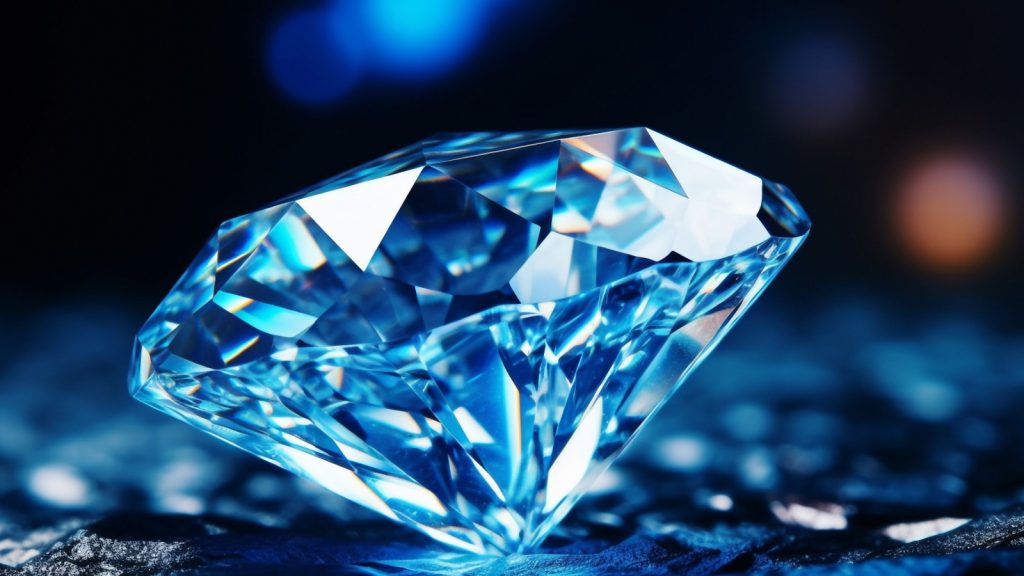Spotting fake diamonds is getting tougher these days, but don’t worry—we’ve got nine simple ways to help you determine if your diamond is the real deal, all from the comfort of home.
You don’t need to be a diamond expert to avoid being tricked at the jewelry store. If this is your first time buying a diamond, you might wonder how to tell if a diamond is real and which tricks can help you avoid being scammed. While only a professional appraisal can give you a 100% guarantee, there are several methods you can use to check a diamond’s authenticity yourself.
9 Smart Ways to Spot a Fake Diamond
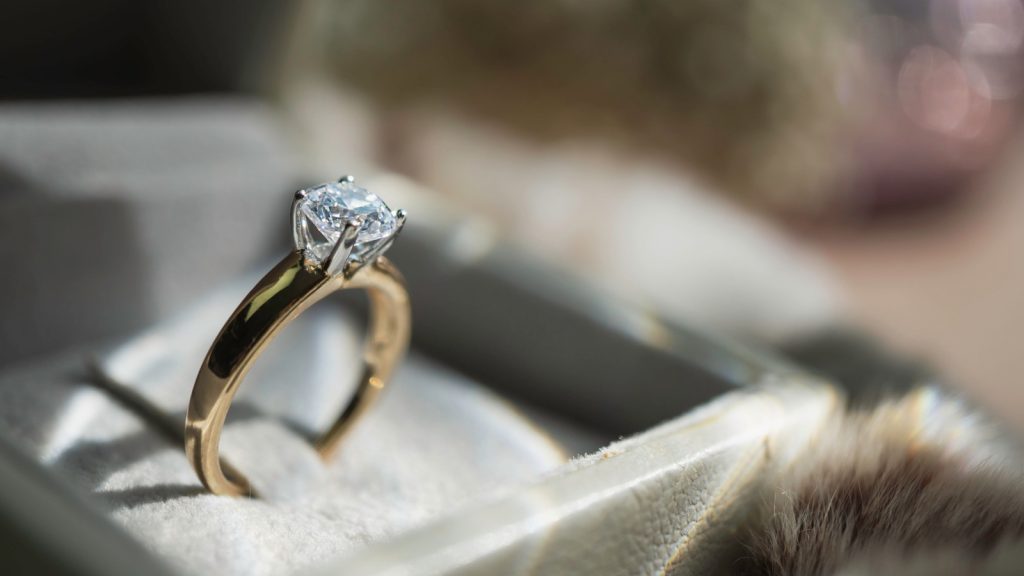
Whether you’re choosing an engagement ring or wondering if a family heirloom is worth insuring, knowing how to spot a fake diamond is crucial. Here are nine of our favorite tests and tips to help you figure out if a diamond is real or not.
Master the Four Cs
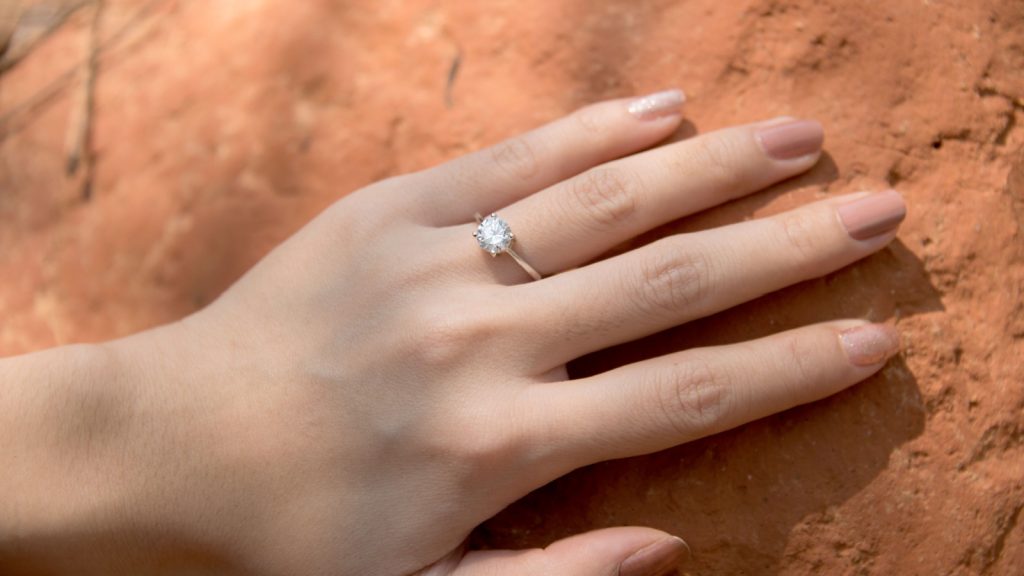
If you can judge diamond quality based on the Four Cs—color, cut, carat, and clarity as outlined by the Gemological Institute of America—you’re less likely to be fooled by fake gems. Understanding these basics gives you a strong foundation that even the savviest salesperson can’t easily shake.
Choose Reputable Jewelers
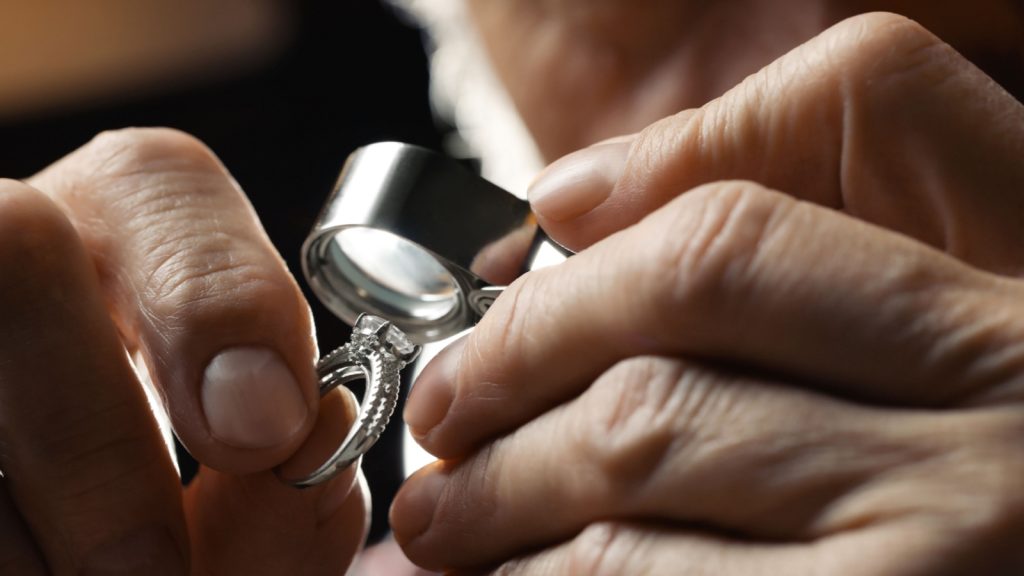
Working with a trustworthy jeweler who can answer your questions in detail is key. They’re less likely to deal in fake diamonds or shady practices. The more open they are about the diamond’s origin and quality, the better the chance they’re being truthful.
Inspect the Setting Quality
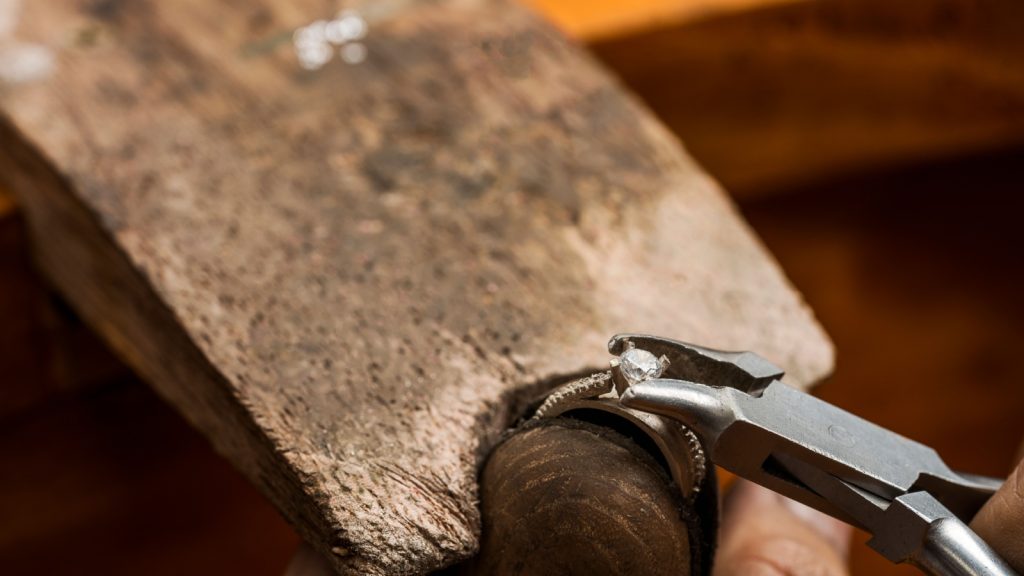
Real diamonds are valuable, so they’re usually set in well-crafted settings. If the ring’s setting looks crooked, loose, or poorly made, the diamond might not be as valuable as you think. If the jeweler cut corners on the setting, they might have done the same with the “diamond” itself.
Using a jeweler’s loupe is a great way to check a diamond’s quality and spot imperfections. If you don’t have one, a strong magnifying glass can work, too.
Try the Fog Test
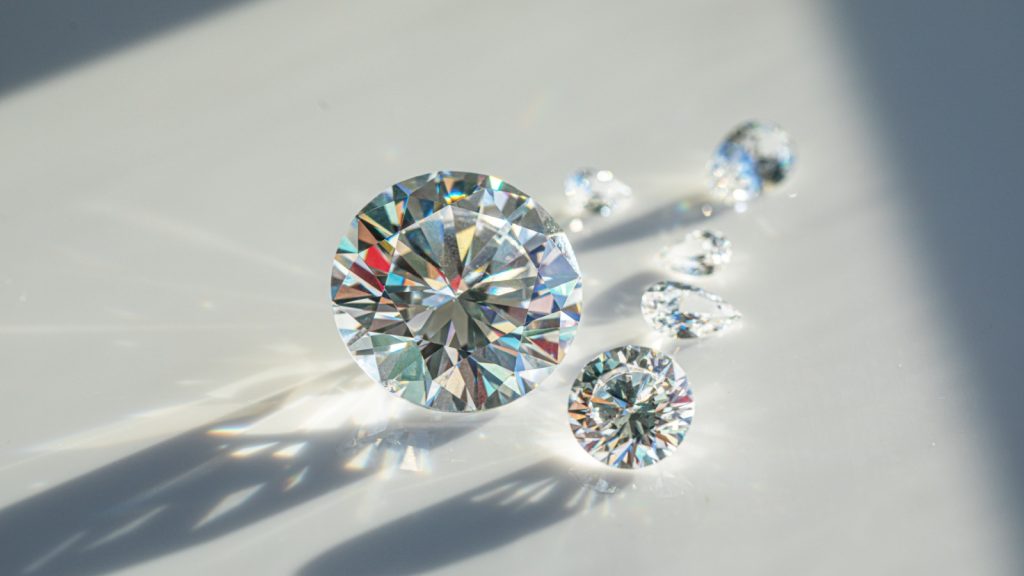
Diamonds quickly disperse heat, so a light puff of breath should only fog the stone for a moment. That mist should clear almost instantly. If the diamond stays fogged for a few seconds longer, it might not be real.
Look for Signs of Damage
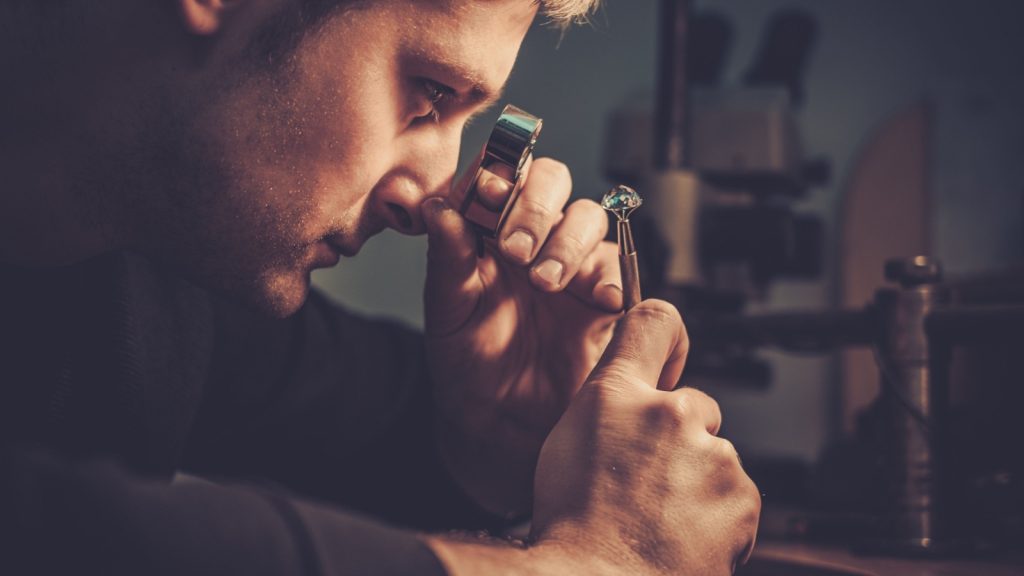
Diamonds are extremely durable, sitting at the top of the Mohs Hardness Scale with a perfect 10. While they’re not immune to damage, a stone with lots of nicks, scratches, or scuffs is less likely to be a genuine diamond.
Check the Reflection Color
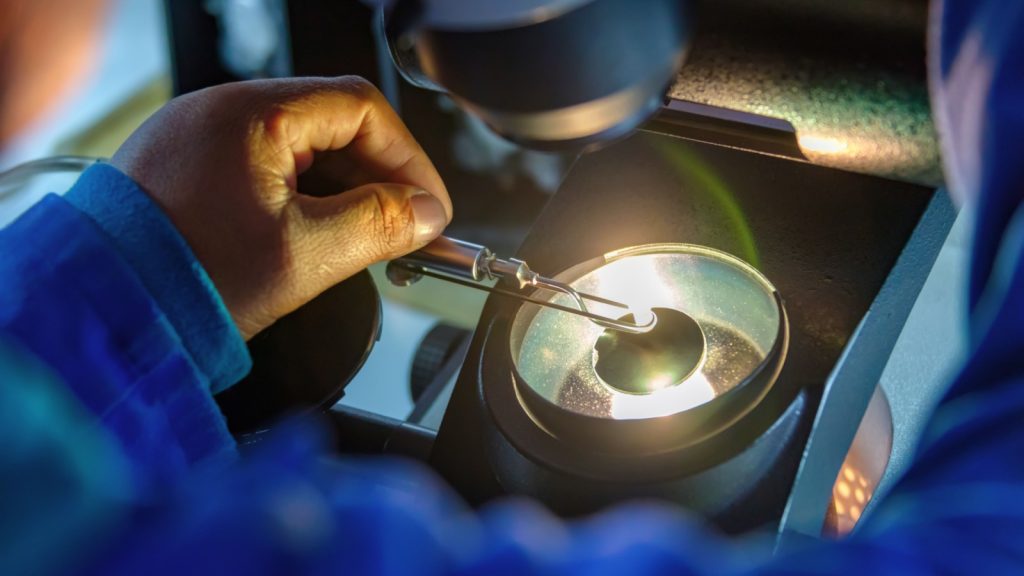
Thanks to a diamond’s refraction index, its reflections and sparkles should appear in shades of gray. According to Business Insider, if you see rainbow reflections, the stone probably isn’t a genuine diamond.
Do a Transparency Test
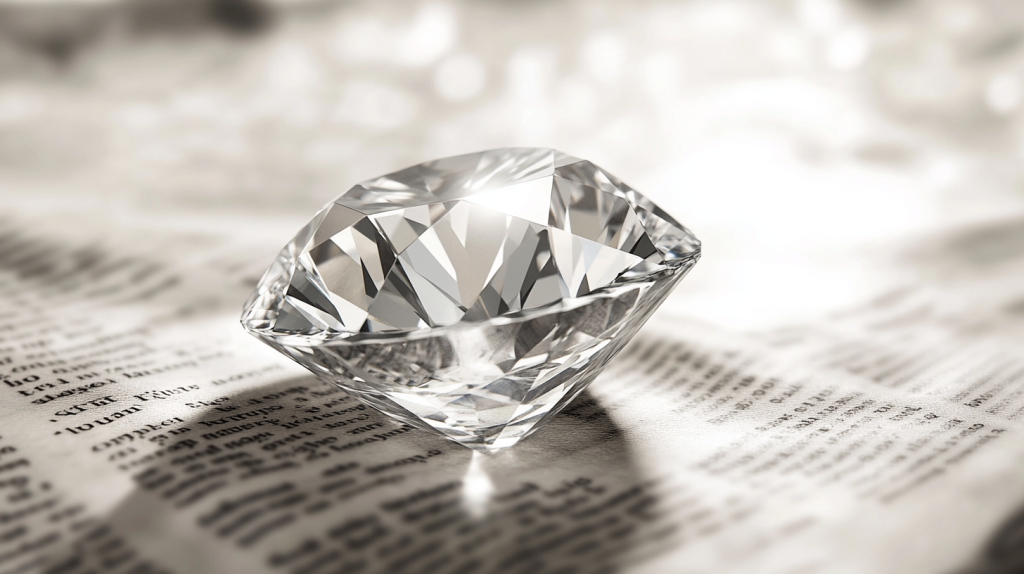
Real diamonds aren’t completely transparent. Turn a loose diamond upside down over a newspaper or a sheet of printed paper. If it’s a real diamond, you shouldn’t be able to read the text through the stone. If you can read the words, the “diamond” doesn’t have the light dispersion properties that real diamonds do.
Test for Ultraviolet Light Glow
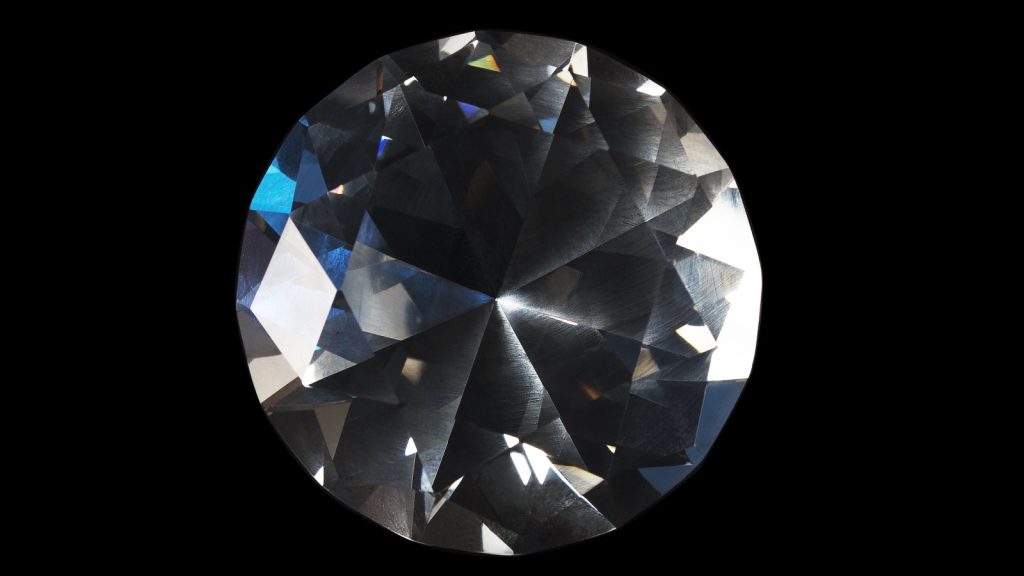
About 30% of diamonds will glow blue under ultraviolet (UV) light, such as a black light. Fake diamonds might glow other colors or not at all under UV light. While high-quality diamonds might not glow, this is still a handy secondary test if you have doubts.
Search for Imperfections
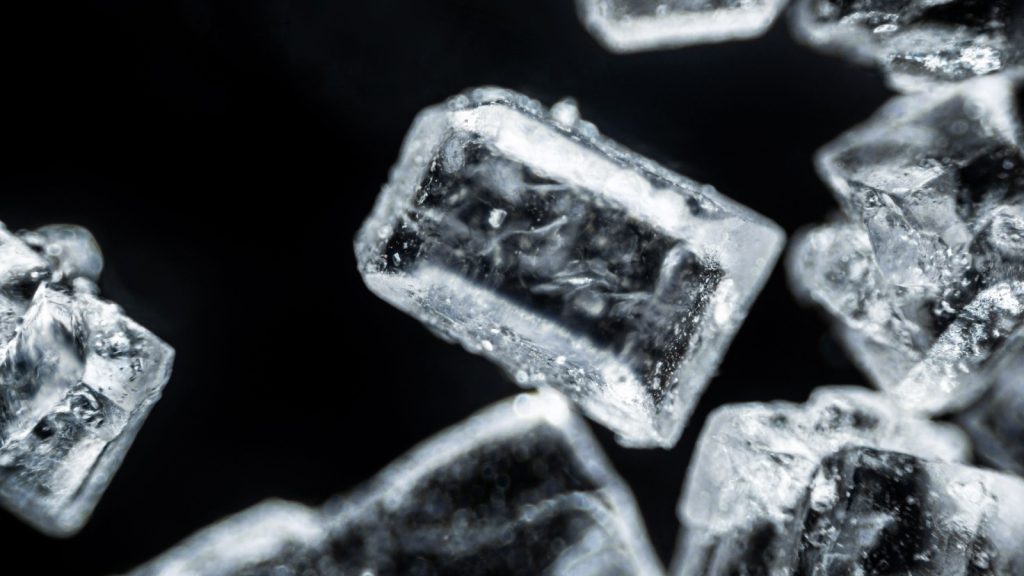
Natural diamonds usually have tiny flaws and inclusions. If a gem looks perfectly flawless, take a closer look. Flawless diamonds exist, often lab-grown, but if the price seems too good to be true, it probably is. Also, check the girdle for an identification number, as some designer diamonds have tiny IDs engraved there.
Common Diamond Imitators and How to Spot Them
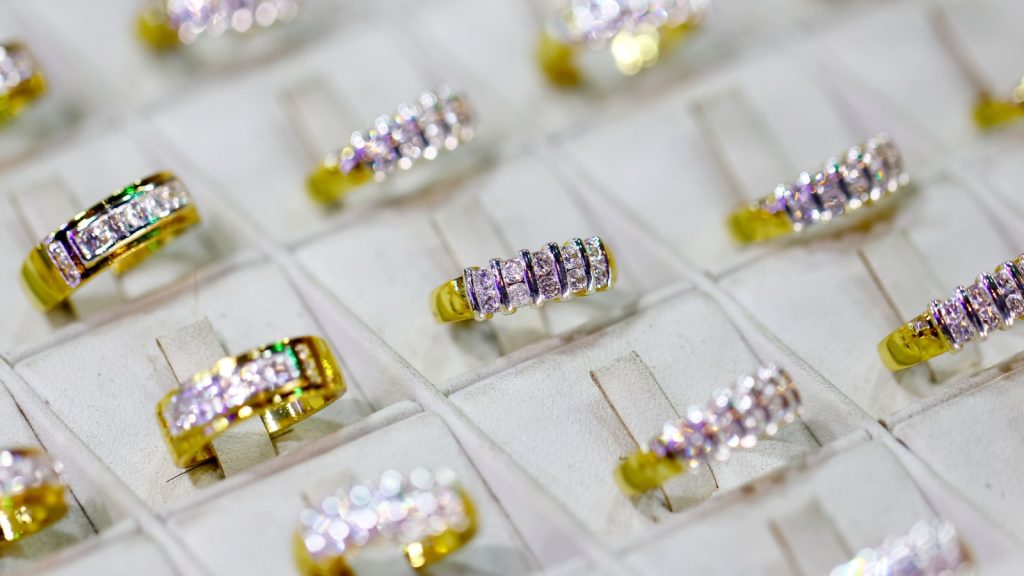
Because diamonds are so popular, many other stones are used as substitutes. These diamond look-alikes can be tricky to identify. Here’s what you need to know about four common diamond dupes.
Cubic Zirconia
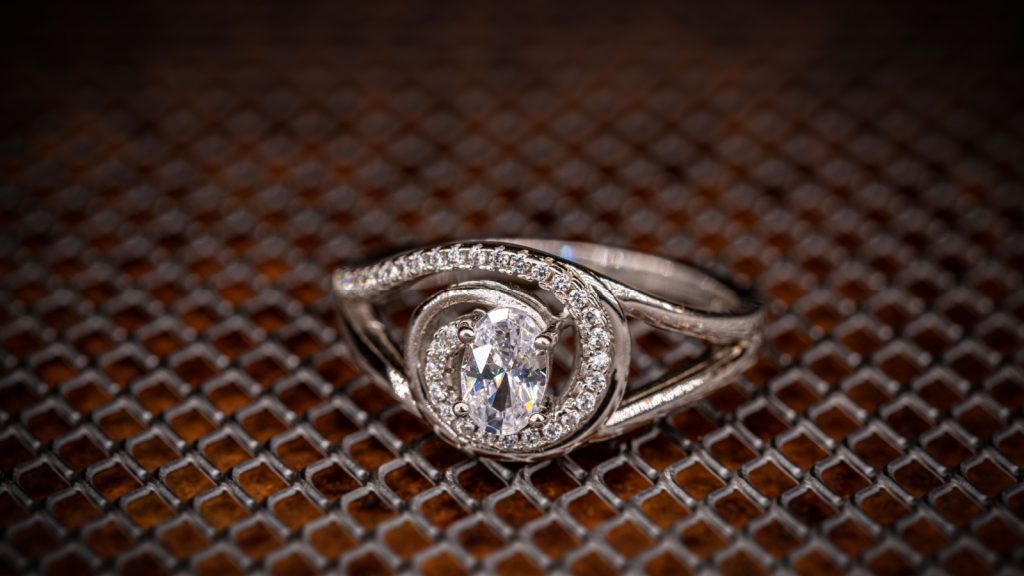
Cubic zirconia is a popular, low-cost diamond substitute. While it shares some properties with real diamonds, it’s much heavier—up to 55% more, in fact.
Moissanite
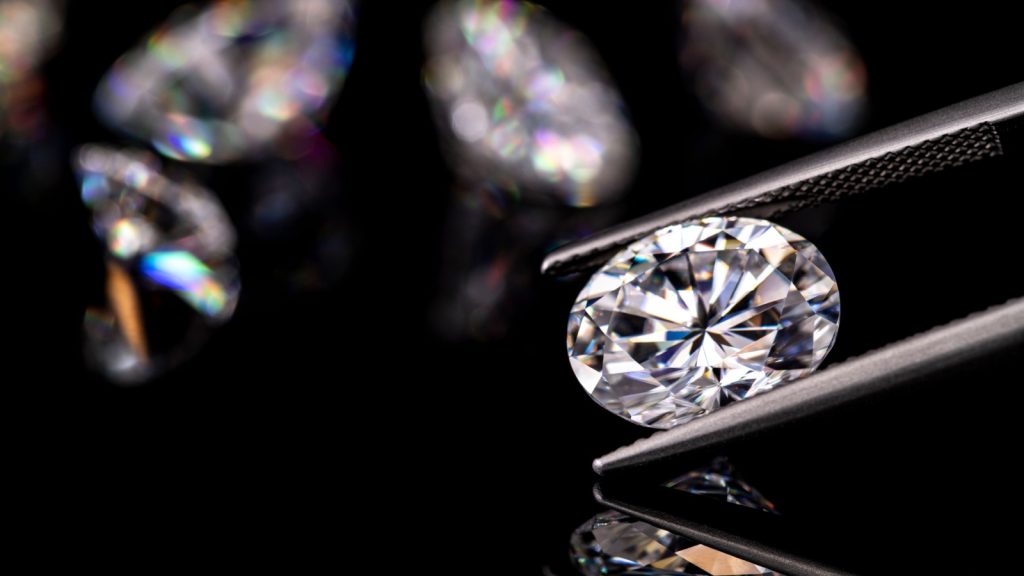
Moissanite is a rare mineral that closely resembles a diamond, though it’s pricier. Even jewelers sometimes have trouble telling them apart! However, moissanite has different chemical and physical properties, creating rainbow-like reflections instead of the diamond’s grayish sparkle.
White Topaz
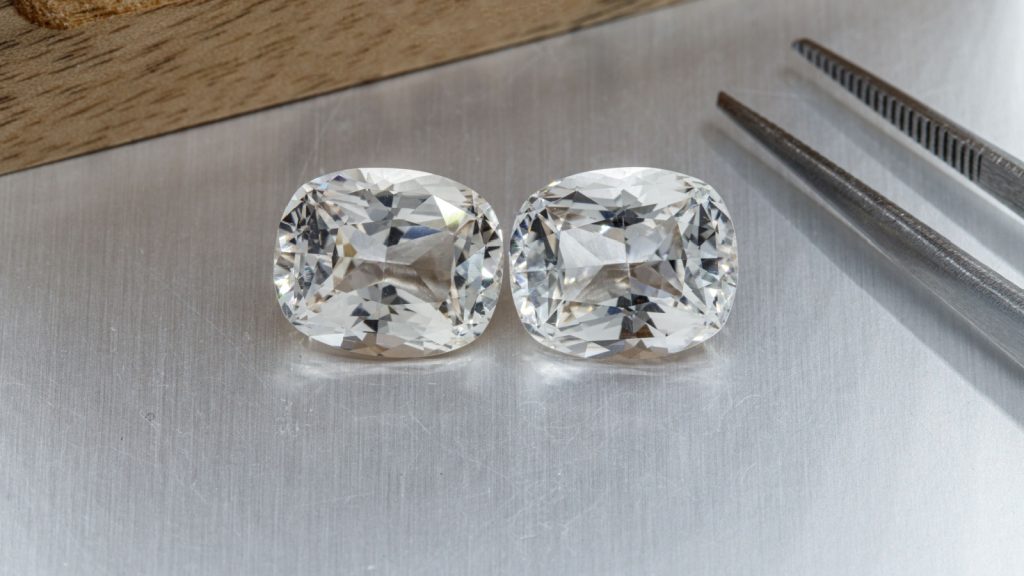
White topaz is a less common, cheaper alternative to diamonds. It has a similar appearance but lacks the intense sparkle and is softer, with an 8 out of 10 on the Mohs Hardness Scale.
Fun fact: Diamond and white topaz are both April birthstones!
Crystal
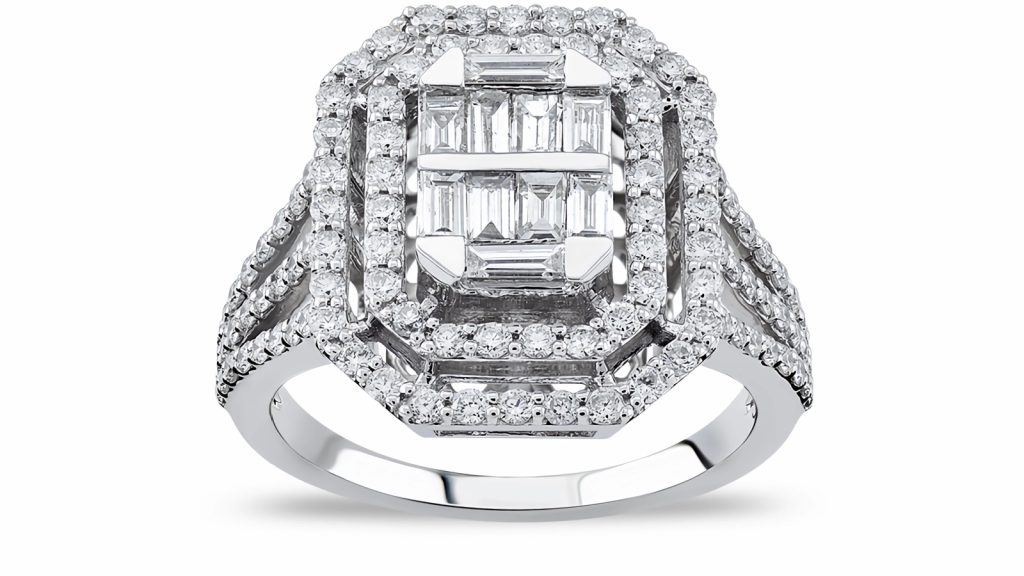
Faceted crystal can look beautiful but lacks the durability and brilliance of a true diamond. According to the Diamond Authority, crystal doesn’t have the same sparkle. Crystal rings might be inexpensive, but their lower quality makes them a poor investment.
Katy Willis is a writer, master herbalist, master gardener, and certified canine nutritionist who has been writing since 2002. She’s finds joy in learning new and interesting things, and finds history, science, and nature endlessly fascinating.
